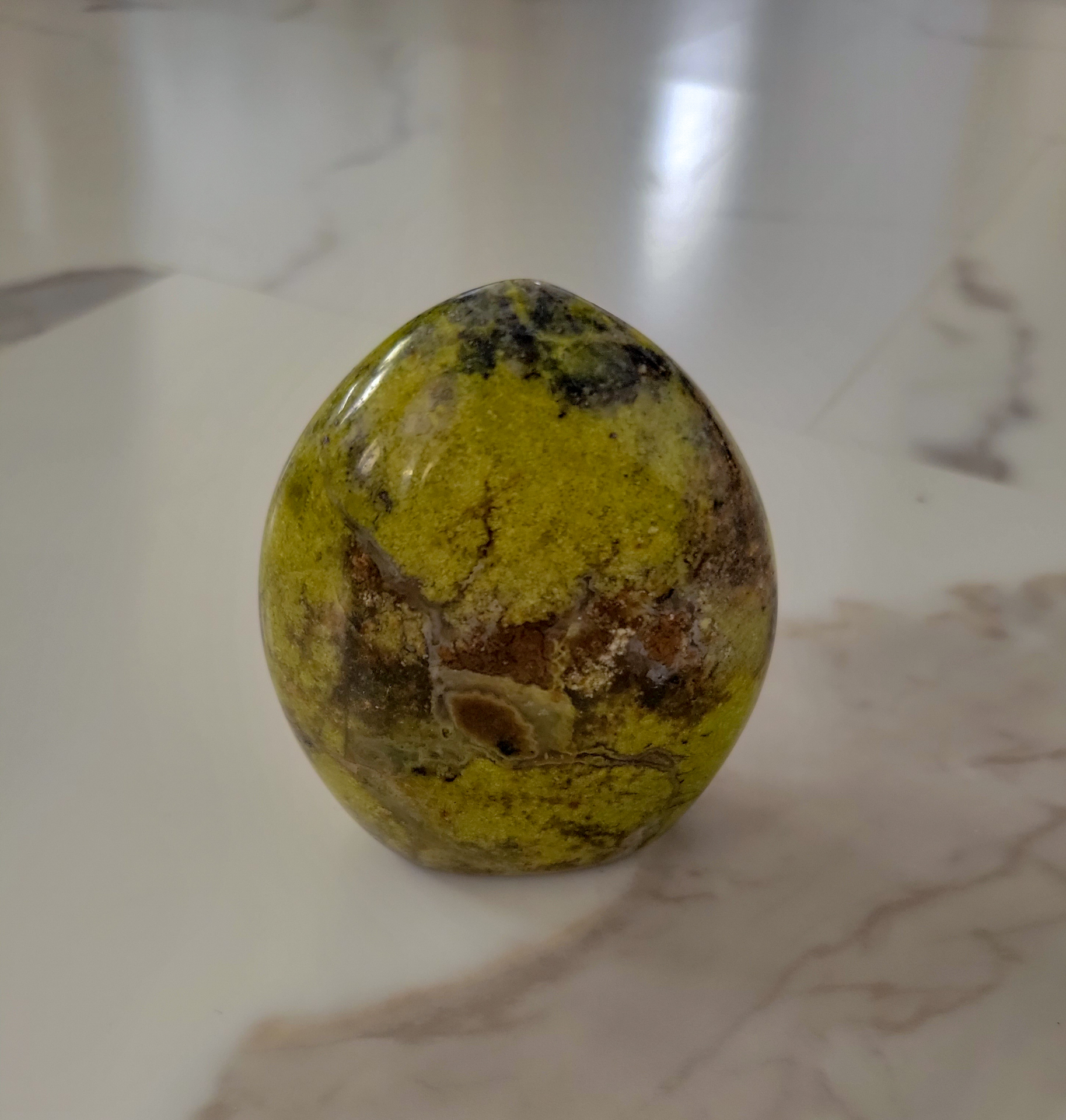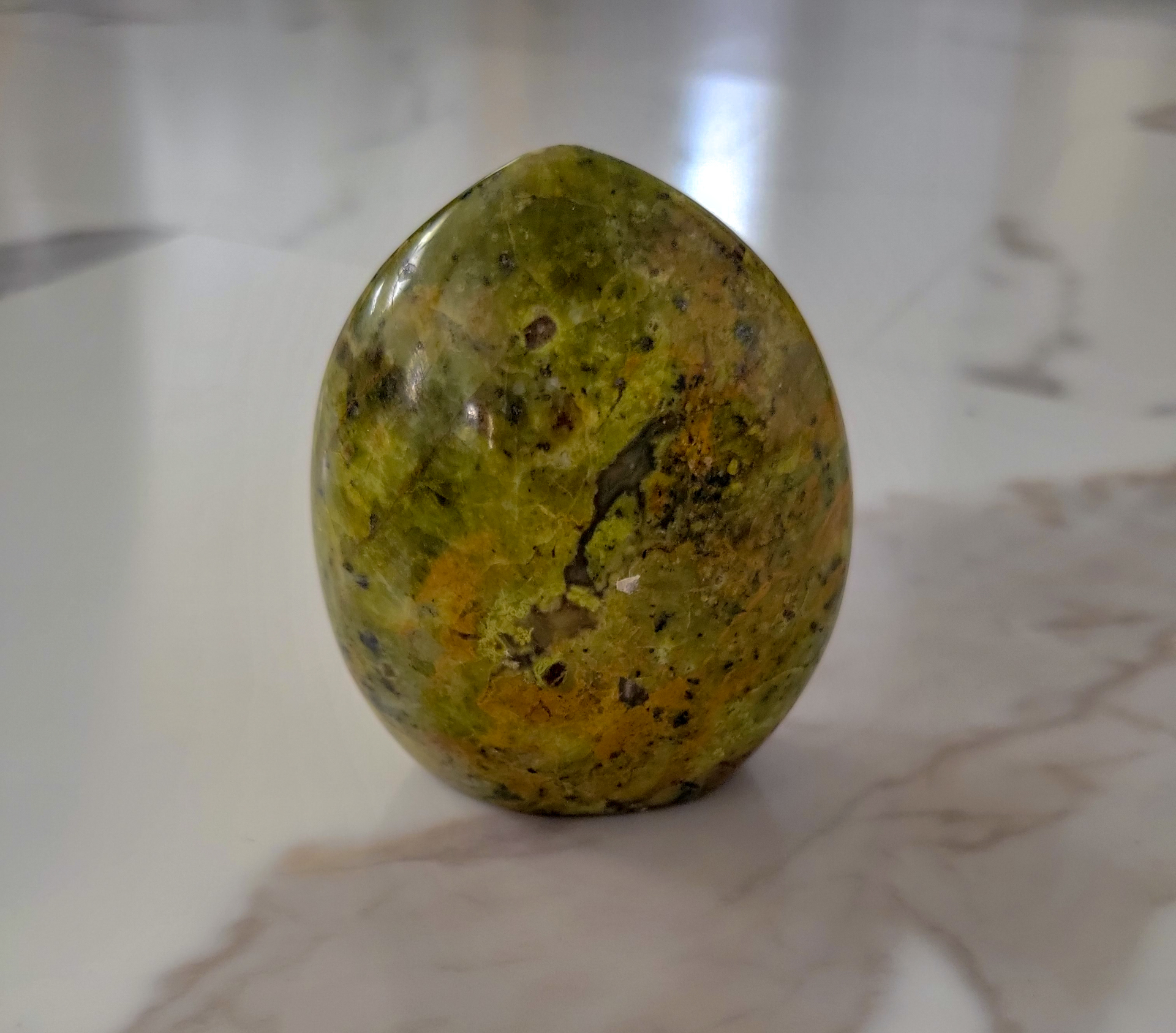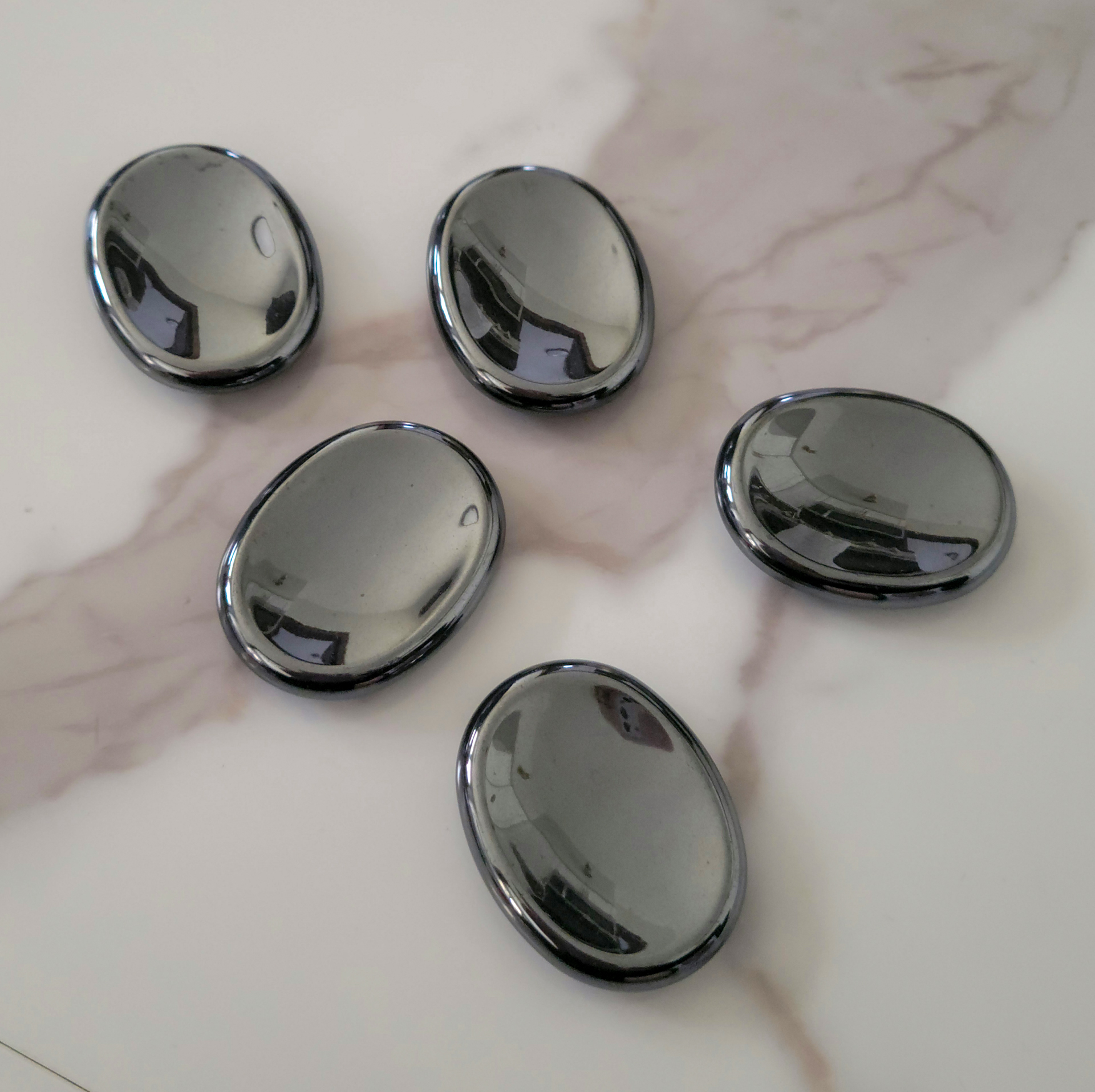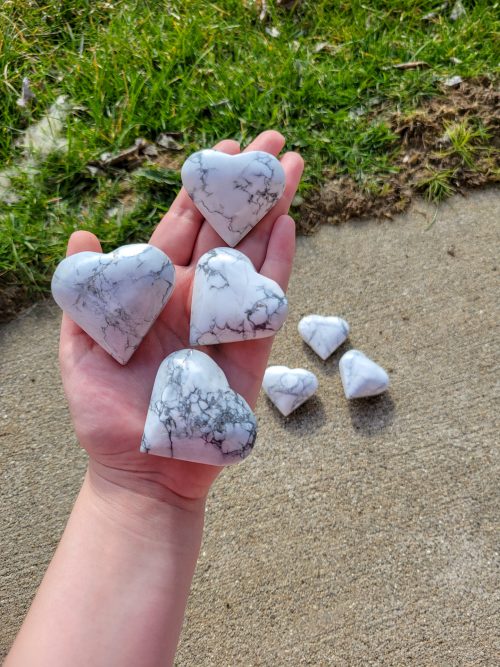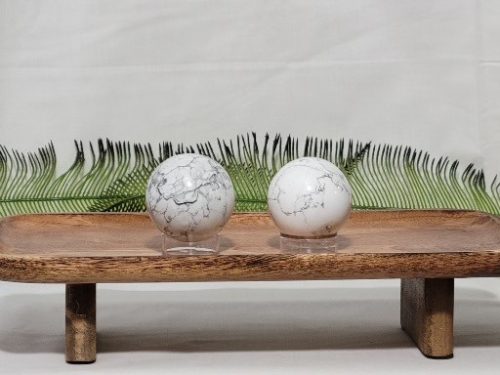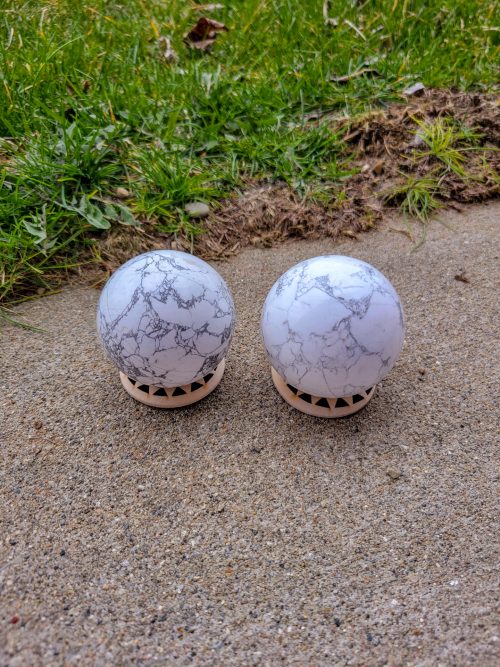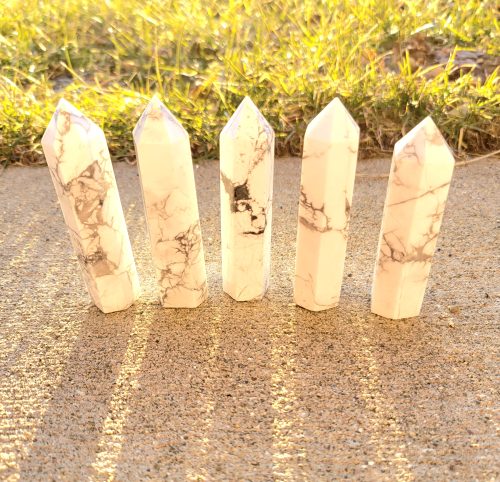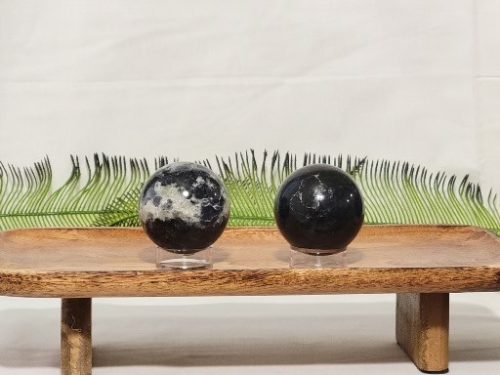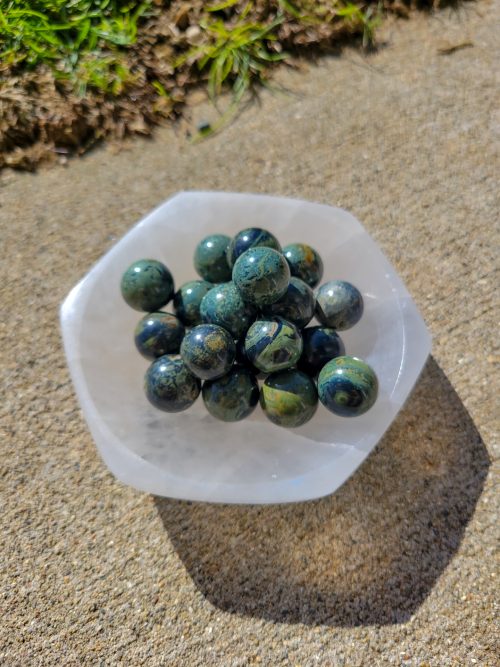-
9 x 3 x 10cm Green Opal is a type of common opal that ranges in color from a pale to dark green. It's one of the easiest Opals to find and can be found in 6 continents. Most of these specimens have come from Australia, Brazil, USA, Mexico, and Peru. ***Due to natural variations in stones, the appearance will vary***
-
8 x 3 x 8cm Green Opal is a type of common opal that ranges in color from a pale to dark green. It's one of the easiest Opals to find and can be found in 6 continents. Most of these specimens have come from Australia, Brazil, USA, Mexico, and Peru. ***Due to natural variations in stones, the appearance will vary***
-
4 x 1 x 5cm Hematite is a heavy and relatively hard oxide mineral. It is made of ferric oxide. It constitutes the most important iron ore because of its high iron content (approximately 70 percent) and its abundance. Its name comes from its Greek meaning, "blood". Hematite is unusual in that its macrocrystalline forms are incongruent, while its particulate forms are congruent. When it is formed congruently, it has a red color to it and when formed incongruently, it is a silvery-black color. ***Due to natural variations in stones, the appearance will vary***
-
5cm Wide Howlite was originally discovered in Canada by a geologist named Henry How which is where its name comes from. Howlite is formed in evaporate deposits with other borate and evaporate minerals. The outside of the mineral is not pleasant to the eye and is said to look like a head of cauliflower. However, when that is taken off, this beautiful mineral is found inside! This mineral is mainly found in Canada and the USA. ***Due to natural variations in stones, the appearance will vary***
-
4.5cm Wide Howlite was originally discovered in Canada by a geologist named Henry How which is where its name comes from. Howlite is formed in evaporate deposits with other borate and evaporate minerals. The outside of the mineral is not pleasant to the eye and is said to look like a head of cauliflower. However, when that is taken off, this beautiful mineral is found inside! This mineral is mainly found in Canada and the USA. ***Due to natural variations in stones, the appearance will vary***
-
40-50mm Howlite was originally discovered in Canada by a geologist named Henry How which is where its name comes from. Howlite is formed in evaporate deposits with other borate and evaporate minerals. The outside of the mineral is not pleasant to the eye and is said to look like a head of cauliflower. However, when that is taken off, this beautiful mineral is found inside! This mineral is mainly found in Canada and the USA. ***Due to natural variations in stones, the appearance will vary***
-
60mm Howlite was originally discovered in Canada by a geologist named Henry How which is where its name comes from. Howlite is formed in evaporate deposits with other borate and evaporate minerals. The outside of the mineral is not pleasant to the eye and is said to look like a head of cauliflower. However, when that is taken off, this beautiful mineral is found inside! This mineral is mainly found in Canada and the USA. ***Due to natural variations in stones, the appearance will vary***
-
8cm - 9cm Tall Howlite was originally discovered in Canada by a geologist named Henry How which is where its name comes from. Howlite is formed in evaporate deposits with other borate and evaporate minerals. The outside of the mineral is not pleasant to the eye and is said to look like a head of cauliflower. However, when that is taken off, this beautiful mineral is found inside! This mineral is mainly found in Canada and the USA. ***Due to natural variations in stones, the appearance will vary***
-
40mm - 50mm Iolite is a magnesium iron aluminum cyclosilicate mineral formed in metamorphic rocks underground. High pressure and temperature mixed with high amounts of magnesium is how this mineral gets its dark violet color. This mineral, when cut and polished, is gemstone material and is transparent. Many countries use this in jewelry as opposed to Sapphire and Tanzanite. ***Due to natural variations in stones, the appearance will vary***
-
15mm Also known as Crocodile Jasper, Kambaba Jasper is a sedimentary Fossilized Stromatolite Algae. Greenish or blackish orbs of petrified algae with mostly black centers make this stone very different from other jaspers. The name “crocodile jasper” refers to the stone’s resemblance to Crocodile eyes. It is a very old stone dating back about 3 billion years and is found in South Africa and Madagascar. ***Due to natural variations in stones, appearance will vary***
-
7cm Wide Kiwi Jasper is a mix of amazonite, tourmaline, jasper, and quartz. It gets its name from the green tinge (amazonite) it has in addition to the green specks on it (tourmaline). This mineral is mainly found in New Zealand. ***Due to natural variations in stones, appearance will vary***
-
5cm - 6cm Wide Kiwi Jasper is a mix of amazonite, tourmaline, jasper, and quartz. It gets its name from the green tinge (amazonite) it has in addition to the green specks on it (tourmaline). This mineral is mainly found in New Zealand. ***Due to natural variations in stones, appearance will vary***

